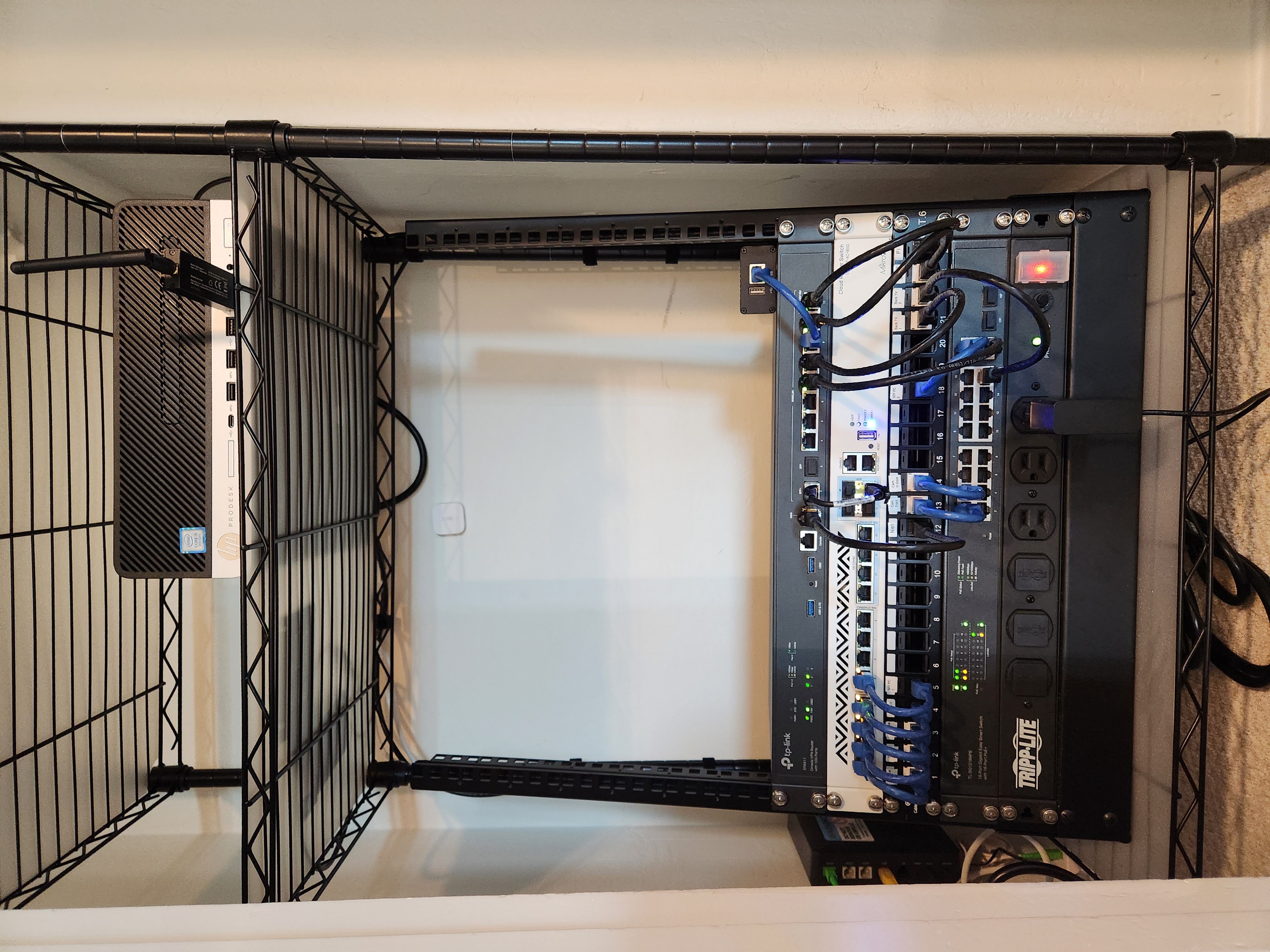A better use of your time is to improve documentation. Developers generally hate documentation so it's often in need of improvement. Rewrite confusing sentences. Add tutorials that are missing. Things like that. You don't necessarily have to be a good developer or even understand the code of the project; you just have to have some knowledge of the project as an end user.
dan
At least for that we have replacement names that make sense (like primary and secondary or replica).
HTML isn't compiled, and unknown attributes are allowed. The best practice is to prefix non-standard attributes with data- (e.g. <div data-foo="test">) but nothing enforces that. Custom attributes can be retrieved in JavaScript or targeted in CSS rules.
There's no winning. Some people use the regular version and complain about the updates, while others use the ESR release and complain that sites that use cutting-edge features don't work properly.
The solution to updates is to use Linux, since then it'll update through your distro's package manager along with your other software.
They're likely preparing for their funding from Google to be cut. Having a lot of money in the bank doesn't matter if your income is lower than expenses, since you'll run out of money eventually.
I wouldn't mind paying money for a good browser. I paid for Opera back in the day, and browsers are significantly more complex (and cost several orders of magnitude more to develop) now compared to back then.
There's also a new browser based on Firefox/Gecko called Zen. There's way too many browsers based on Webkit or Blink.
Makes sense.
My wife and I don't commute very far so an EV is fine for us even if we can only charge it with 120V initially (until we install a proper charger in our garage). We've got a BMW iX on order.
Tesla is opening superchargers to all brands eventually. That'll help a lot, as will the inevitable changes that'll happen to gas stations where they replace some pumps with EV chargers.
Range is definitely an issue, but it's improving over time. 10 years ago, the average EV range was around 100 miles. I know BMW have tested a prototype car with ~600 mile range, and that tech should hopefully come with their Neue Klasse vehicles some time in 2026/2027. The Lucid Air gets around 500 miles range. Our current gas car (2012 Mazda 3) only gets around 360 miles until the gas light comes on, so it's not actually that different for us.

They get around $500 million per year from Google, so $1 billion is just two years worth of that. 86% of Mozilla's revenue comes from that Google deal.